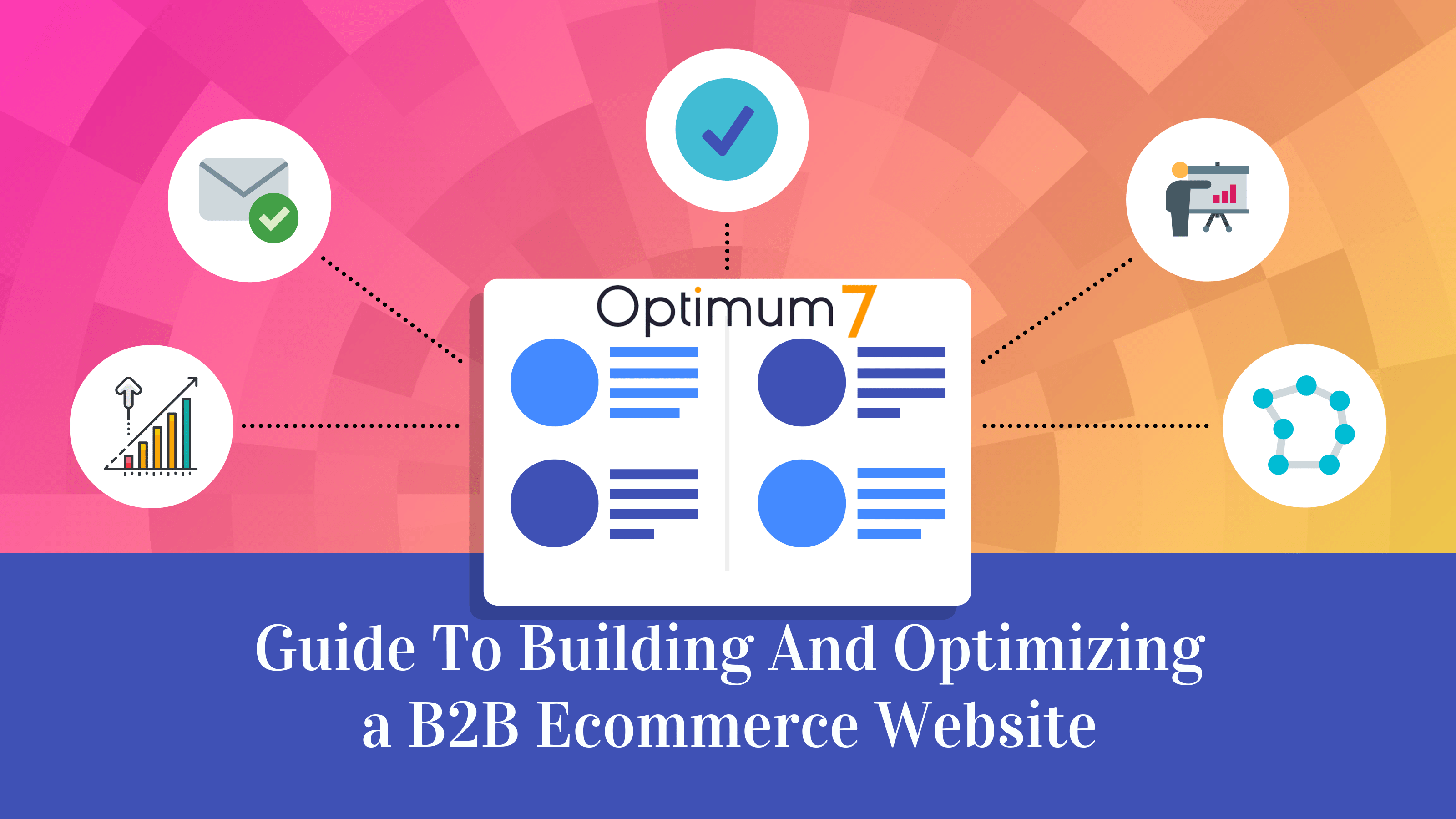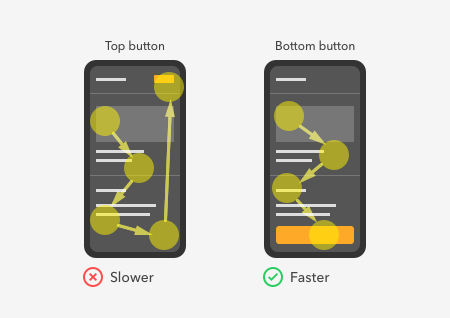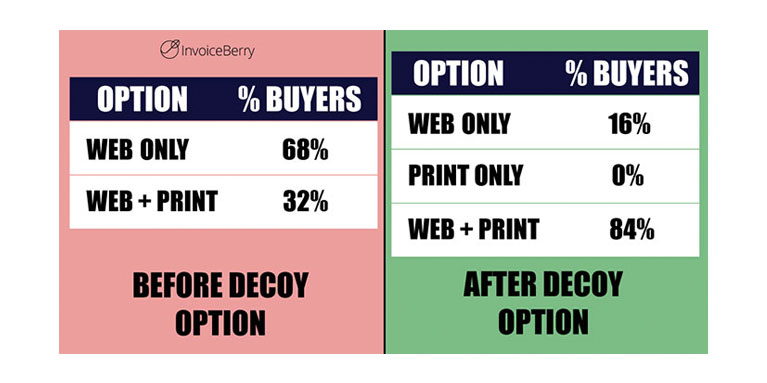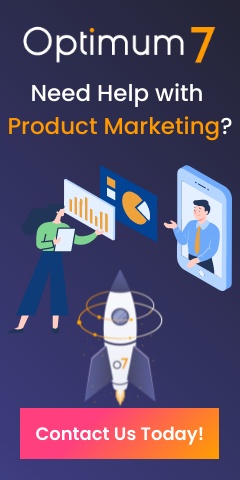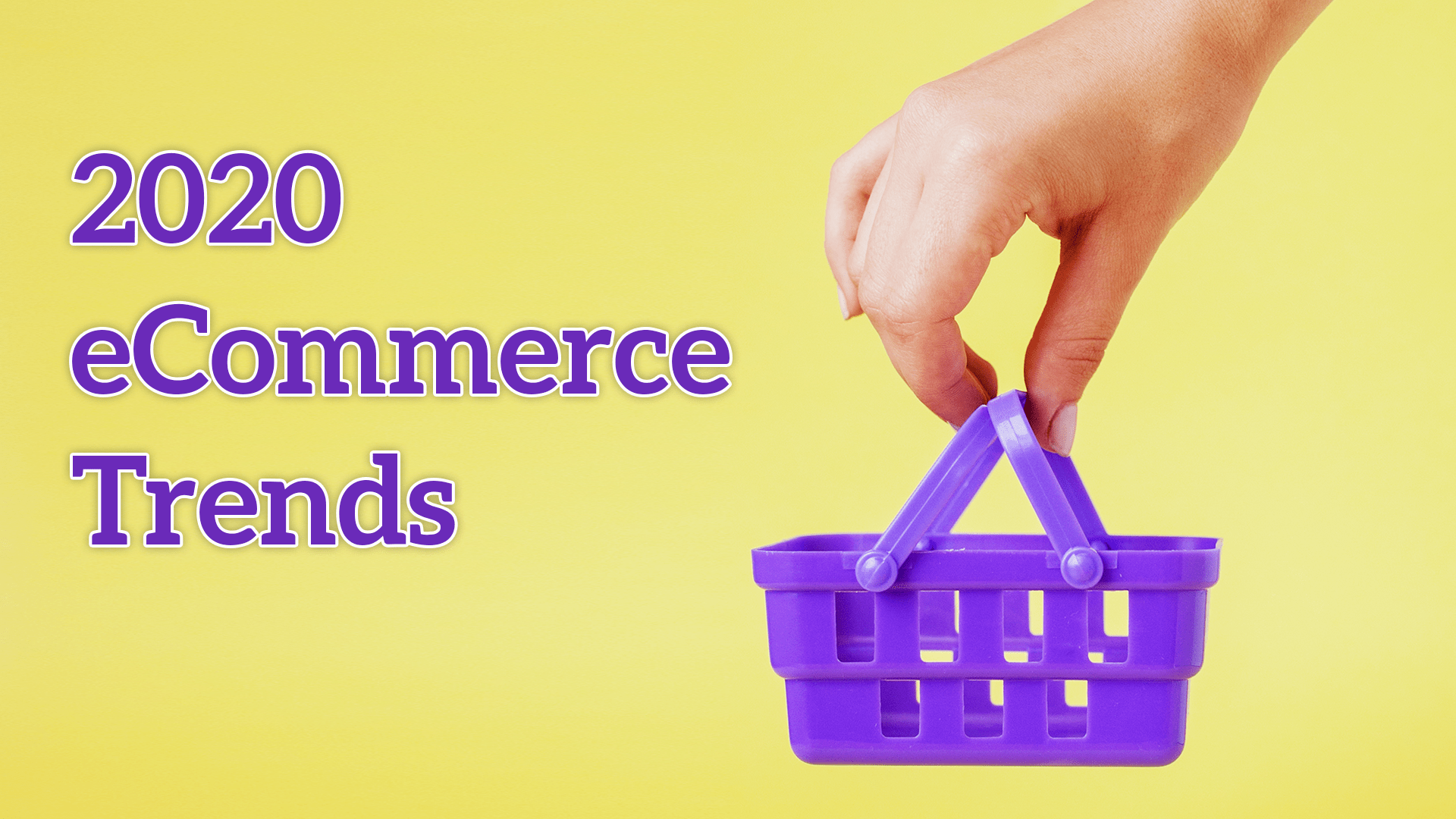So, you have completed setting up your B2B eCommerce website and are ready to begin selling online. However, in the realm of digital marketing, a website must be optimized in order to attract consumers, improve conversions, and generate income.
This raises the question of what website optimization for a B2B eCommerce site entails. Using numerous tools and tactics to improve your site’s performance, generate traffic, provide a better customer experience, lower your bounce rate, and eventually sell more things is what it is all about.
How to Optimize Your eCommerce Store for Maximum Conversions
There are a bunch of things to consider when optimizing your online store such as, User Interface, Call to actions, Mobile responsiveness, Page load speed, etc. Of course, implementing these changes by yourself will be a walk in the Sahara desert, so we will help you with the optimization process.
To increase conversion rates on your B2B eCommerce website, consider these five things.
1. Mobile Optimization
There’s no doubt that mobile optimization is vital. Don’t assume your clients only use a desktop browser to access your website if you’re in the B2B sector.
Smartphones and tablets make up around 70% of company search inquiries, and mobile engagement accounts for up to 40% of B2B online store sales.
The importance of having a mobile-friendly eCommerce website should not be understated. When a current or potential customer uses a mobile device to access your website, it should be simple to read and navigate.
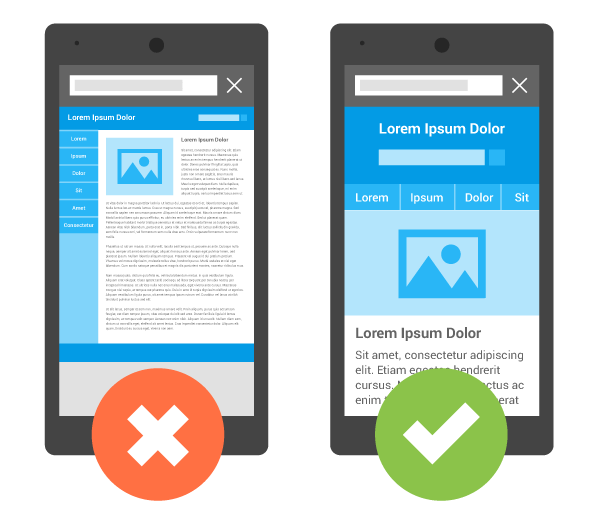
You can’t expect them to stay longer if they have to zoom in on your web page content or can’t find what they’re looking for. Most internet activities, such as emailing, shopping, and working, are becoming increasingly comfortable with people using their cellphones.
Not only that, but many people use their phones to do business before and after work hours, as well as when traveling, in meetings, and even at their desks. As a B2B company, it’s critical that you don’t overlook the potential to reach out to mobile users as well.
Checkout is one of the most essential elements of B2B eCommerce.
If your checkout is fishy and not trustworthy, you will lose the customers at the final step, which is called shopping cart abandonment. eCommerce sales are influenced by a positive user experience throughout the site, but if potential consumers cannot simply buy things, they will look for alternatives.
2. B2B eCommerce SEO Strategy
SEO stands for Search Engine Optimization, and it is the process of assisting a website in ranking higher in Google’s and other search engines’ results. If you want to establish a successful eCommerce strategy, now is the time to truly dive in, whether you’re familiar with SEO or the notion is completely new to you.
When your company uses an effective SEO strategy, it is telling consumers (and search engines) that your website is valuable, relevant, and trustworthy. To say it another way, for all businesses, especially B2B, SEO is a key pillar of internet marketing.
There are numerous aspects that go into search engine optimization.
It’s a good idea to include as many as you can in your eCommerce plan. Keyword intensity, title tags, meta descriptions, internal linking, backlinks, on-page word count, URL structure, unique content, and optimized images are some of the most significant criteria for B2B merchants to increase online presence and eCommerce conversions.
One of the most effective ways for potential customers to find your business is through Google searches. If you want potential clients to discover your business, you’ll need to utilize these SEO methods on your website.
You have to convince Google that your eCommerce website has relevant information to your target keyword. Otherwise, if consumers search for your industry or the products you provide, your eCommerce site will not appear naturally.
We recommend optimizing all product pages individually across your whole B2B eCommerce website.
When assessing each page, include a complete description, good photographs, and product details. You should also try writing a few blog content on your website once a month, which will allow you to deliver useful information to clients while also integrating keywords and keeping your site up to date.
One of the most crucial aspects is page load speed. A customer’s attention span when coming to your online store is approximately 3.4 seconds. In this short time, the user decides if he/she trusts your site, so a slow-loading site equals a loss of revenue — it’s a no-brainer equation.
3. Optimize Your B2B eCommerce Website for the Best User Experience (UX)
When it comes to customer satisfaction, one of the most important aspects is UX (User Experience). Having a mobile-friendly B2B website is critical, but so too is providing a positive user and customer experience.
Website design and a simple checkout page are crucial when looking for an excellent customer experience for a B2B eCommerce store.
You must establish an effective, user-friendly sales funnel if you are selling items to another company.
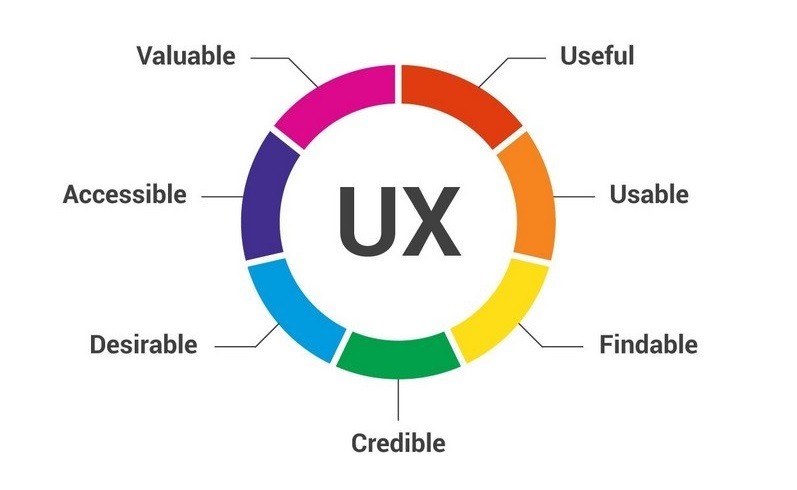
Because the customer will be able to easily find their way around your website, from product to checkout, having superior navigation will increase B2B conversions.
Most of the content on your site’s front page should be clear, distinguishable, and easily accessible.
Links, buttons, and other clickable items should be simple to discover and use. Having a mostly white backdrop with simple-to-read text, for example, can make a big difference. Also, by allowing consumers to establish their own accounts, you can increase UX.
This increases customer loyalty drastically, but it also makes the purchasing process easier. As a result, the customer will be able to review previous purchases, reorder products as needed, and have all of their purchasing information saved for easier purchases in the future.
People should be able to contact you or get their queries answered without too much work. Your eCommerce website and Google company page should offer contact information, as well as an FAQ area and a chatbox.
4. Without a Proper Call-to-Action (CTA), You are not Converting Anyone. Period.
A call-to-action (CTA) is a remark in marketing that is intended to encourage or urge people to respond quickly. A well-placed CTA will increase your online sales in a blink.
The purpose of B2B eCommerce is generally to persuade your customer to make a purchase. It may also encourage customers to take advantage of a promotion, obtain a free custom order quote, view a video instruction, or contact you for additional information.
CTAs are an essential component of your website’s optimization as a B2B eCommerce business.
We recommend including at least 2-3 call-to-actions on each page. A/B testing can be used to determine which CTAs are the most successful.
In some cases, call-to-actions are placed near the end of a piece of content to encourage users to take action after consuming that piece of content. Calls-to-action can keep customers on your site longer by encouraging them to read blog articles and customer testimonials, watch videos, or peruse product pages, in addition to persuading them to buy.
Increasing the average amount of time each potential consumer spends on your website is significant because it improves your SEO by signaling to Google that you’re a trustworthy resource.
5. Publish Unique Educational Content, Regularly
Educational content, whether in the form of blog posts, instructional videos, how-to guides, white papers, or infographics, can have a significant impact on the SEO of your website. According to data, after consuming some of your company’s content, a B2B customer is more likely to make a purchase from you, and, as previously said, it will enhance the average amount of time customers spend on your site, thereby improving your SEO.
One of the most prominent developments in B2B eCommerce has been educational content or “self-service.” When you publish educational content, you give potential customers the freedom to conduct their own research allowing them to gain a better understanding of the product.
You allow them to feel more secure about their decision and, as a result, more likely to purchase.
Educational material shows that you know what you are doing. People will see your business as the answer to their issues if you offer relevant information and goods to your consumer base.
They are more inclined to become a client as a result.
6. Get Your Pricing Right
It’s critical to get your pricing correct, or no one will buy. There are a plethora of changes you can make to increase your revenue; here are a few that can have a significant impact:
Charm Pricing
Psychological pricing is another term for charm pricing. It is the concept that a price can have an emotional impact.
Retailers can then use that psychological effect to persuade people to buy or perceive their items in a certain way.
The Charm Pricing is based on odd numbers. The most popular final digits in a 1997 research were 9 and 5, which made up 90% of the 840 prices investigated (60 percent ended in 9, 30 percent ended in 5).
Calm down with the alternatives
Customers can and will get confused by a huge number of alternatives. But eCommerce optimization can help you out with that.
Reduce this by using succinct copy and highlighting the preferred choice on a pricing page. Also, you can get first-time visitors to commit to a small action first, like viewing a demo.
Compare Products
Did you know, for example, that comparing two items next to one another can boost sales for the cheaper of the pair?
People love saving money, and more than that they love spending less on an alternative product. What you can do is compare a more expensive product with a cheaper one, you’ll see that customers will convert a lot easier since you did the comparison for them and eased their minds.
7. Create an Email List
Email marketing is a really powerful tool for building relationships with your customers. Email marketing has been proven to provide a high return on investment, resulting in increased sales for you.
Make a great first impression by writing an effective subject line.
The subject line and preview text are the first things recipients see when opening an email. If they appreciate them, they’ll be more inclined to open your messages.
As a result, both of them should be optimized.
Start with a strong subject line that explains the goal of your message to recipients. After that, utilize the preview text to tantalize them. Recipients may be more inclined to read your message because of this tactic.
Personalize Emails According to Your Customers
People are far more engaged with your emails and marketing if you personalize them, but it isn’t simply about addressing individuals by their first name. Go into more detail about them, what emails did they engage with in the past, what is their gender, etc.
Conclusion
Regardless of what you sell online, your bottom-line profits will determine your success. Test the shopping and check out procedures for SEO, trust signals, and usability in order to do so.
These fundamental tips and tricks will get you on the road to better eCommerce conversions. For more complex and remarkable optimizations you will need a hand from an eCommerce agency with certain capabilities.
With over 15 years of expertise and experience eCommerce business, Optimum7 can and will assist your business to develop online. With so many B2B eCommerce website developments under its belt, Optimum7 has the knowledge and understanding to help your company develop online.
Contact us and let’s start working on your store immediately.
